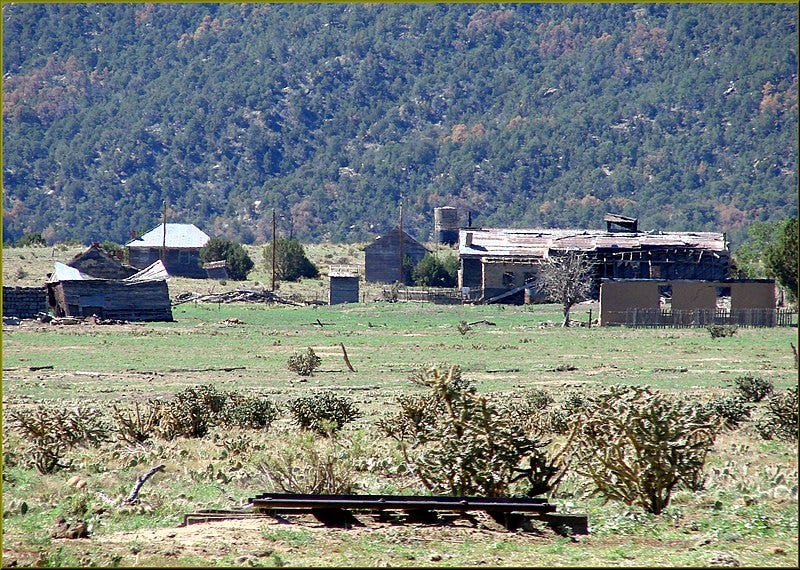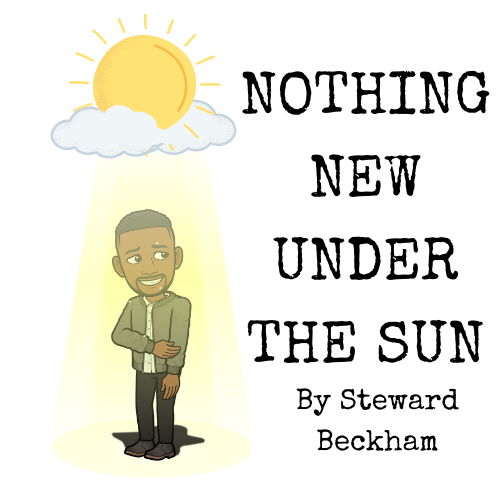Reader Note: Posts will be released between 7 p.m. and 8 p.m. on Monday and Thursday due to increased engagement. Thank you all for supporting this project!

“If you are silent about your pain, they’ll kill you and say you enjoyed it.”
— Zora Neale Hurston
Creating myths about ourselves can be one way of silencing our authentic truth. Once external forces seize the myth we’ve made, we cannot control the narrative of our pain and our promise.
America is a nation built on myth. Like all societies, we tell ourselves stories that reinforce our assumptions and limit our imaginations. One of the most enduring myths is that of the virtuous, self-reliant small town—a myth that erases the economic planning, Indigenous displacement, and racial backlash that shaped these communities.
But are these myths helping or hurting these communities?
Are we infantilizing voters, shielding them from accountability, or ignoring the structural forces dictating their realities?
This is a crucial conversation, especially with cultural products like this influencing the zeitgeist.
Company Towns: The Manufactured Illusion of Independence
American expansion has always been at the behest of a moneyed class seeking to consolidate resources under their control. The Homestead Act of 1862 was marketed as a force for economic democracy—the federal government giving free land to hardworking Americans seeking a new start. But in reality, speculators and railroads found loopholes to claim the most valuable land, hiring people to squat and create the illusion of independent pioneers.
This pattern repeated itself across industries. People didn’t settle where they pleased; they settled where extraction and industry required labor: economic forces, not rugged individualism, planned railroad towns, mill towns, and mining camps. The government partnered with private capital to expand westward, pushing Indigenous nations aside for white settlement while consolidating wealth for corporate and political elites.
The consequences of this structure played out tragically in places like Ludlow, Colorado, in 1914. Thousands of coal miners went on strike to demand safer conditions and livable wages. Their company-owned homes were taken from them, forcing families into tent cities, which were then attacked by private security and National Guardsmen. The Ludlow Massacre, where entire families were burned alive or gunned down, exposed the brutal reality of company towns. The small-town myth erases these violent struggles, painting a picture of harmony that never truly existed.
From Company Towns to Company Men
The New Deal era saw a major shift in the government’s relationship with small towns. As America faced the twin crises of the Great Depression and rising fascism abroad, President Franklin Delano Roosevelt’s policies sought to stabilize rural economies through infrastructure projects and direct investment. Programs like the Tennessee Valley Authority (TVA) electrified poor rural areas, proving that small towns were not self-sufficient—they were built through state intervention.
But this was never framed as government dependency. Instead, the myth of the hardworking, self-reliant American took center stage, reinforced by postwar prosperity. By the 1950s and 60s, the ideal of the company man emerged—the worker who stayed with one employer for decades, bought a home, and built a nuclear family, all within a stable community.
Yet, this era was temporary. As industry shifted abroad, extractive economies crumbled. The small towns once sustained by mills, mines, and factories found themselves abandoned by the same economic forces that built them. The conservative movement, particularly under Reagan, successfully rebranded government intervention as the enemy, convincing small-town America to embrace policies that ultimately harmed them. Even as the 1980s farm crisis devastated rural families, deregulation and corporate consolidation were framed as progress.
Small-town America, which had always depended on external forces, was left to fend for itself. And as economic hardship deepened, racial scapegoating and resentment politics filled the void.
Who Gets to Belong in Small-Town America?
Small towns were not only shaped by economic forces but also by deliberate racial exclusion.
In 1898, Wilmington, North Carolina, was a thriving, multiracial city with a Black political and business class. That changed when white supremacists staged a violent coup, murdering Black residents and overthrowing the elected government. Wilmington was transformed into a segregated, white-dominated town—an early example of how racial violence shaped the American landscape.
Throughout the 20th century, policies like redlining and blockbusting ensured that Black Americans were locked out of homeownership and economic prosperity. Real estate agents used blockbusting to convince white homeowners to sell cheaply, then resell homes at inflated prices to Black families, further segregating communities. Sundown towns, which violently enforced racial exclusion after dark, made it clear that small-town America was not for everyone.
Even as economic hardship spread in the late 20th century, small-town struggles were framed as a moral crisis rather than a structural one. Political narratives infantilized these communities, painting them as victims of globalization while ignoring how racism and exclusion had long shaped their realities. The same myths celebrating small-town virtue also shielded them from reckoning with their past.
Blame the Voters or the Elites?
One of the most divisive questions in modern political analysis is whether small-town voters should be blamed for their choices or whether elites are responsible.
People are shaped by the environments created for them. At the same time, individuals make conscious choices often driven by fear, resentment, and misplaced nostalgia rather than economic self-interest.
This is the contradiction at the heart of American politics. Rural communities that once thrived on government intervention now reject it. The elites who systematically dismantled small-town economies are the same ones promoting cultural grievances to maintain their political power.
We can no longer hide behind sanitized history and comforting myths. Like all myths, the small-town legend was built to serve a purpose, whether we let it obscure reality or tell the story so that small-town pain isn’t reframed as a happy death.







